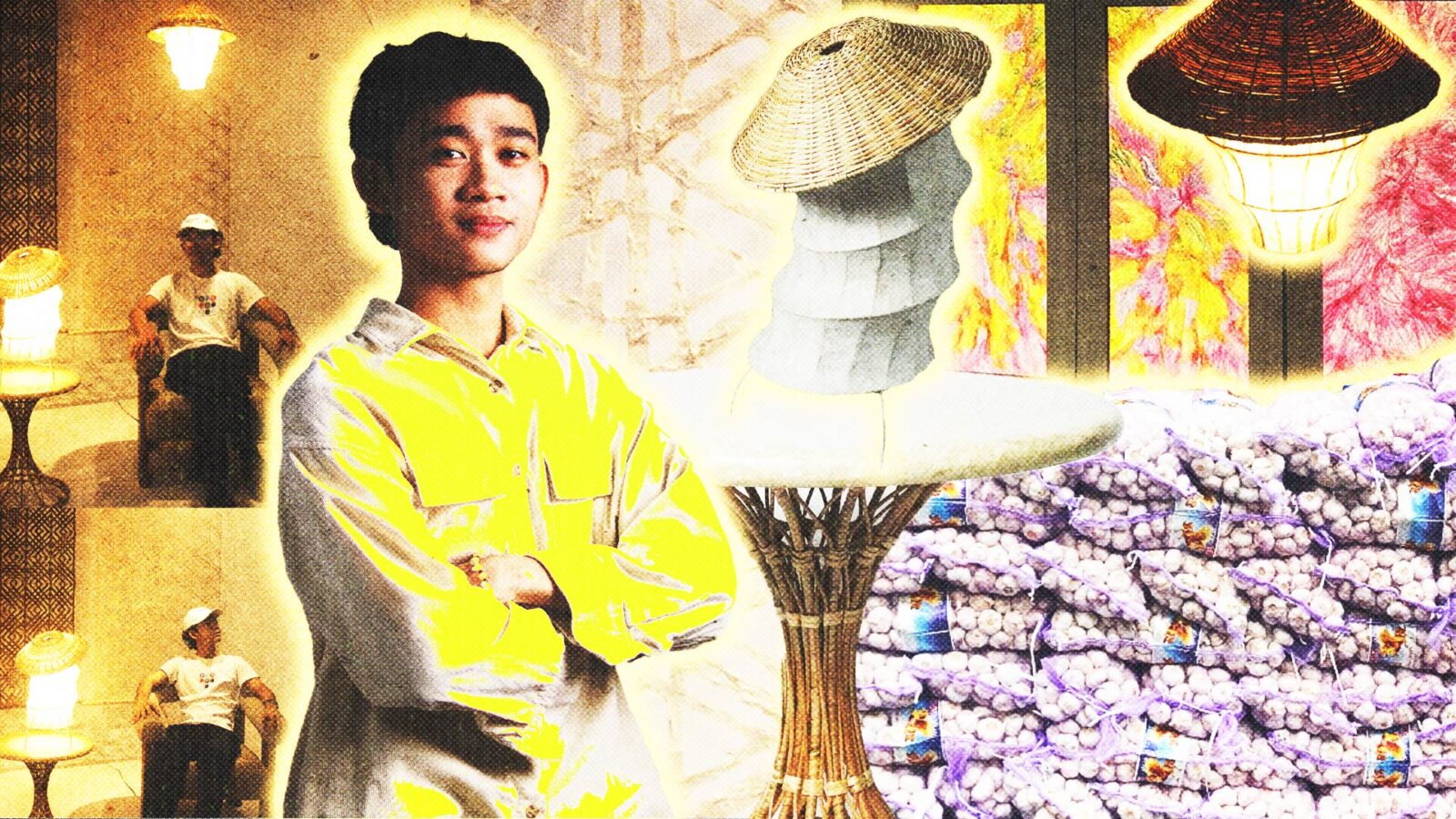Clent Yanola, 4th year Product Design student at UP Cebu, found a way to bring art and science together in his thesis to make sustainable material—with garlic peels!
Related: Get Inspired By These 5 Students’ Undergraduate Theses On Pop Culture and Celebrity
It’s always interesting (often inspiring) to see young minds have the freedom and drive to execute their ideas, to make something new, and to take steps—no matter how big or small—towards improving things somewhat. The college thesis is a difficult undertaking. While it’s easy to fall into the trap of thinking that it’s better to just coast through it with minimal effort than take the risks associated with learning (the education system doesn’t really encourage much of that, too), putting in the work to make something new pretty much always pays off.
For his thesis, fourth year Product Design (what a cool program, BTW) major at the University of the Philippines Cebu Clent Yanola went out of the way to be innovative and creative with his thesis titled AGROWAYS: Exploration and Development of Composite Materials Utilizing Garlic Peels (Allium sativum) for Product Design Applications.
With discarded garlic peels, something everybody has in their kitchen trash bins almost every day, Clent made a pulp, turned it into sheets, and processed the peels in different ways to make home goods such as a table, a lamp, and room screens!
@sketchykennn My thesis study is a material exploration and development of garlic peels for product design applications, where I utilized this material into home accessories like lamps, tapestry dividers, and end table. Daghang salamat, UP Cebu, for giving me the best art and design education! 💝 #ProductDesign #Design #InteriorDesign #Industrialdesign #UP #UPCebu #thesis #furniture #lamps #tapestry #lighting #furnituredesign #Materialdevelopment #garlicpeels #UniversityofthePhilippines #thesisstudy #finearts #thesisstudy ♬ The Good Part – AJR
Clent’s thesis brought together art, design, and science in a way that not only explored a different way to recycle food waste, but proved how creativity and innovation plays a part in sustainability efforts. Though Clent admits its not the most sustainable solution to minimizing waste, it’s a step in acknowledging the things we have to do to address environmental concerns. In his pursuit of learning, we’ve all learned a thing or two, too. Below, learn from the college student himself about the story behind his garlic peel thesis, its challenges and pitfalls, and what it means on a wider scale of material waste and sustainability.
What were some inspirations behind your garlic peel thesis?
During my thesis exploration, I found that there is an abundance of garlic peel wastes at the Carbon Market in Cebu City. Garlic peel is a material that is often overlooked for its practical use, and it usually ends up in landfills. I discovered that garlic peels have paper-like characteristics, which inspired me to explore the possibility of developing them into sheets. This initial finding motivated me to continue exploring and developing the material further.
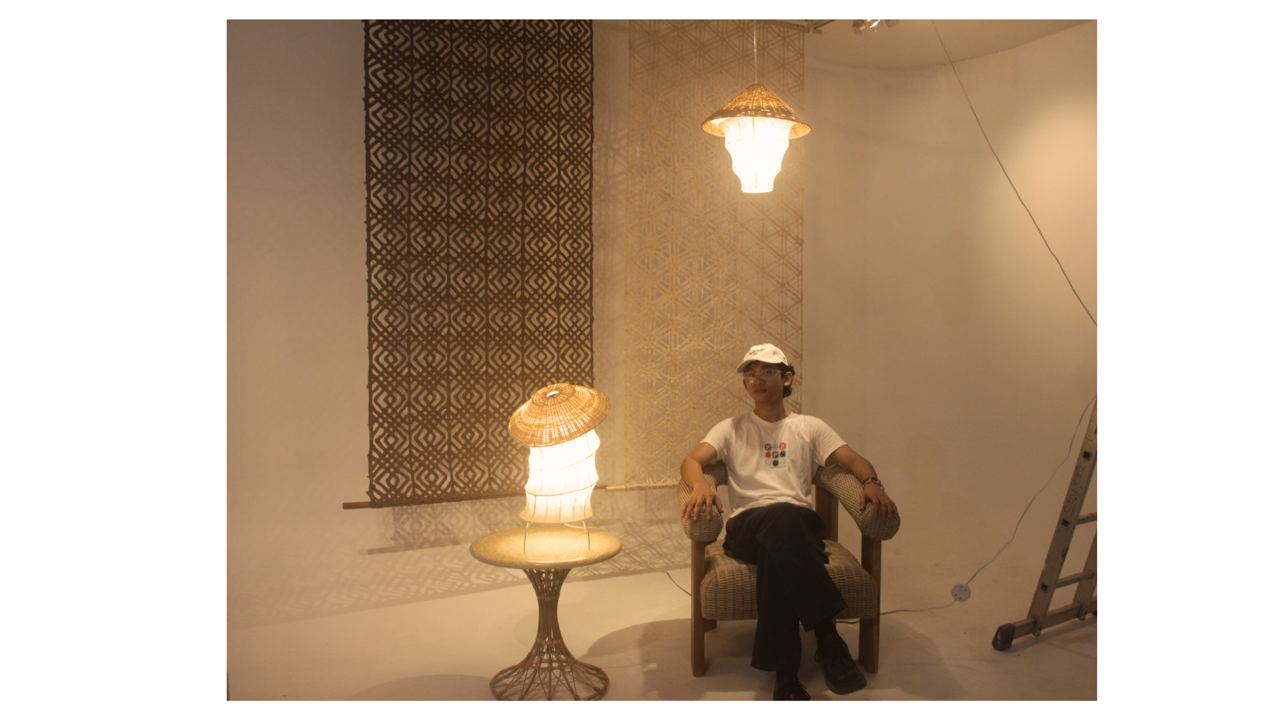
What conclusions did you arrive at?
I concluded that garlic peel is a material that can be developed for practical and decorative use. When combined with composites, garlic peel is a versatile material that can be transformed into a variety of forms, such as sheets, tile-based products, ropes, bioplastic, and many more. I also found that materials derived from garlic peels can be developed into home accessory products, including lamps, tabletops, and tapestry.
What are the challenges you faced with making this thesis?
The process of completing my thesis was physically, mentally, and financially challenging. The most challenging aspect was the material development. My advisers and instructors pushed me to create a diverse range of materials derived from garlic peels and to stabilize these materials for product applications.
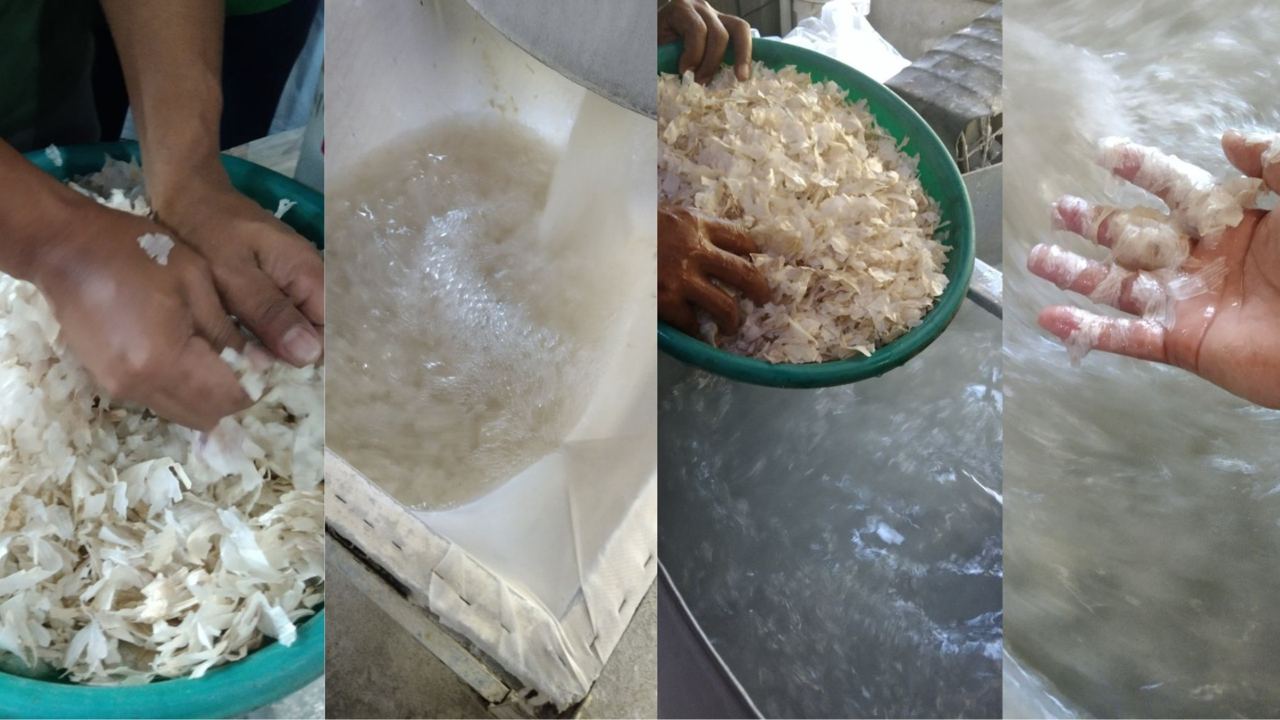
The product development phase was also challenging. I had to thoughtfully design a collection of products that could be related to the narrative of garlic peels. This involved producing hundreds of sketches, conducting numerous interviews with users and experts, and establishing partnerships with manufacturers.
What was the biggest piece of advice or learning you got while making your thesis that helped you complete it and make it the best it could be?
I think the most valuable lesson that I learned which motivated me to overcome the hardships of my thesis is that: this study would benefit the community where the materials came from. In my case, if I successfully developed the materials from garlic peels, then it could potentially benefit the community of vendors where these materials are sourced, as it can provide them with additional income. So, it’s not just for my personal accomplishment, but a thesis that can positively contribute to society.
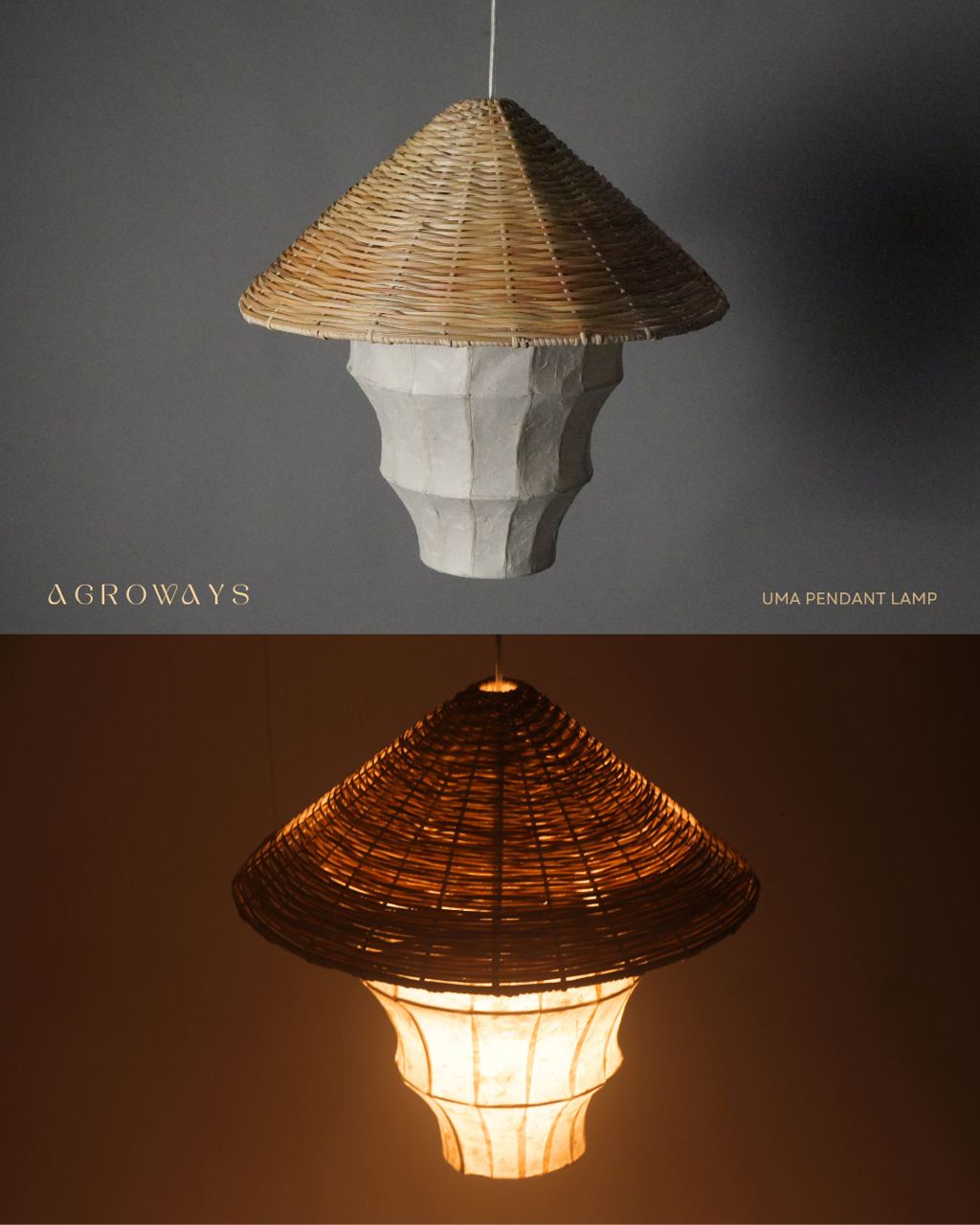
Your thesis is essentially a mix of art, design, and science. Many people perceive the arts and sciences as completely separate fields, but how do you think both can contribute to development?
The nature of my thesis study is a mix of art, design and science, and it was significant in a way that it solves a problem not only in a rational way but also by using a creative approach. In the present times, we have to think of innovative ways to provide the best solutions to contemporary problems of our society. In my case, I thought of a creative way to address the agricultural wastes that are present in the markets of Cebu City.
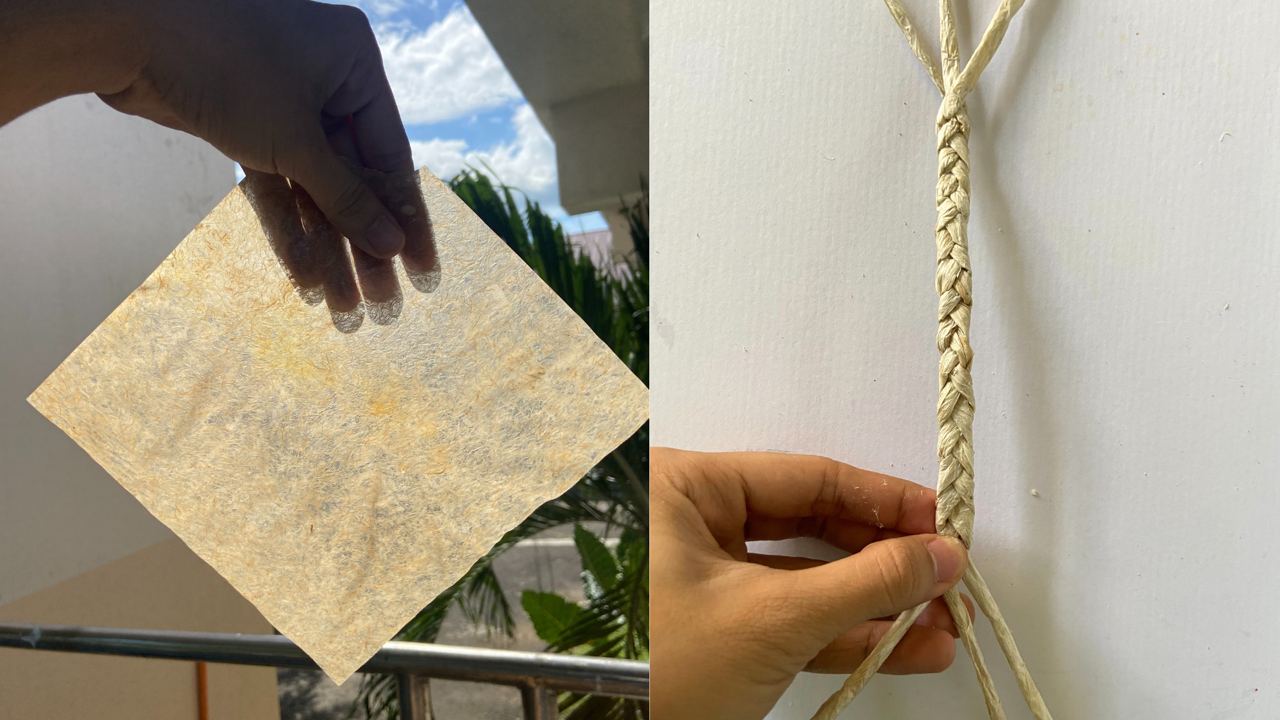
Issues surrounding materials and how unsustainable our practices have become globally are getting more and more rampant. What are some steps we could take as a society to combat waste and the rapid deterioration of our environment?
To make things clear, my thesis study is not 100% sustainable in its approach because I still used a portion of non-biodegradable materials, however, sustainability was the goal of my thesis but it just had limitations. Sustainable practices in material usage and product development are important especially nowadays that we can feel climate change through global warming and waste pollution which have negative effects on our health and daily lives.
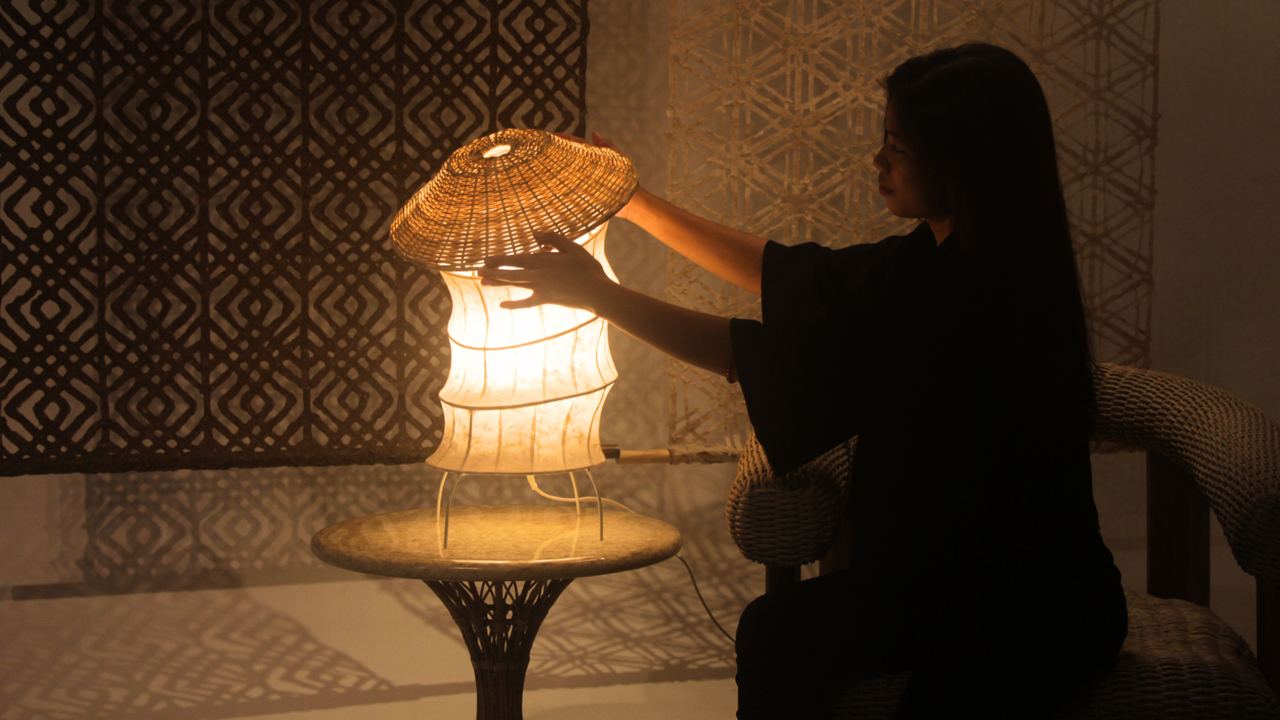
What do you think are some of the biggest hindrances to sustainable development, on any scale–in business, in government, or even in small-scale environments like communities?
One of the biggest hindrances to sustainable development in businesses or government is the need for investment in research and development. It’s also a fact that sustainable development often requires compromises in the way we live our lives. Shifting to sustainable practices is a significant adjustment because we have to adapt our way of living from what we’re accustomed to.
Continue Reading: 13 Websites That Will Help You With Your Thesis
